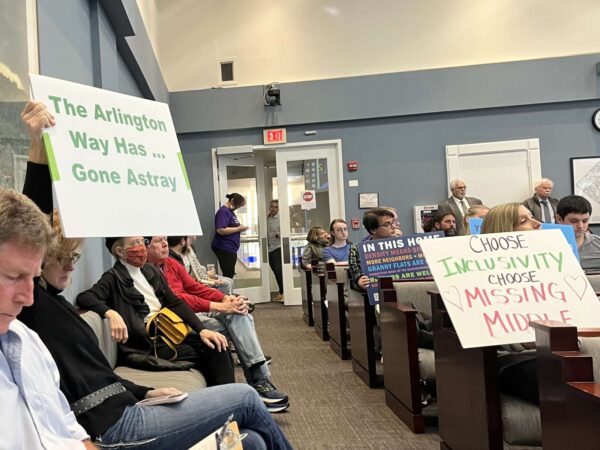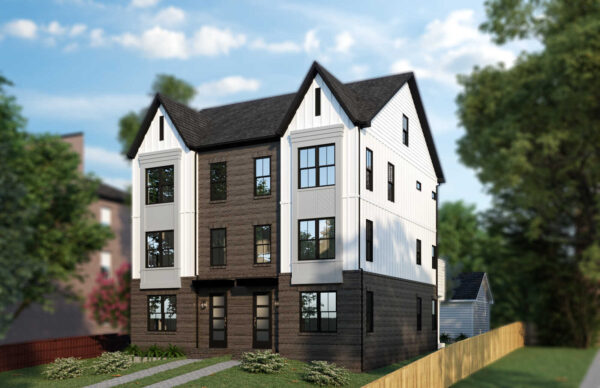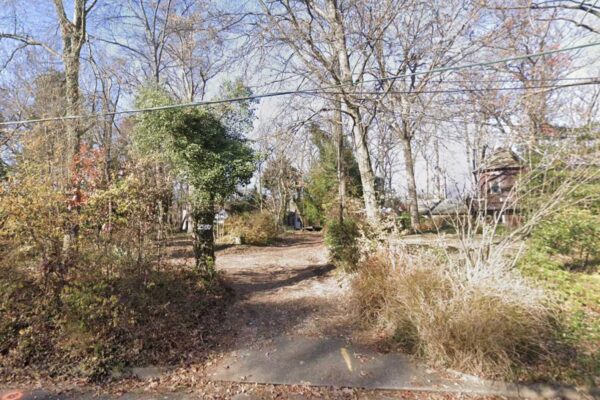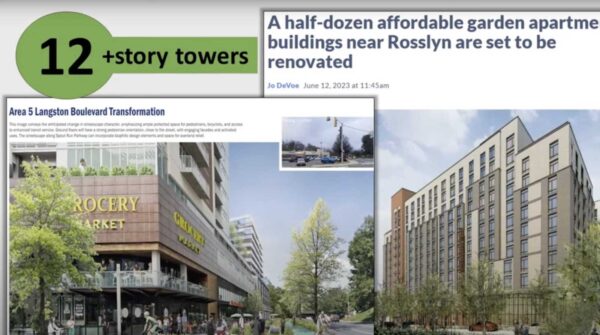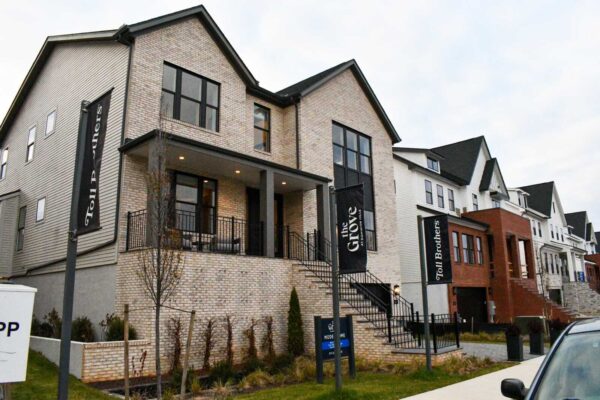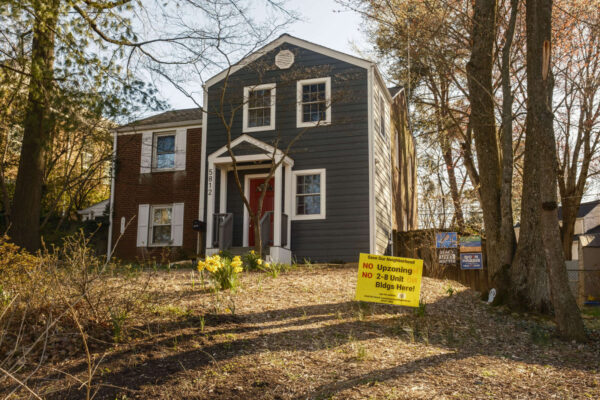Virginia’s U.S. senators are throwing their weight behind a bill to support first-generation homebuyers.
The Downpayment Toward Equity Act would provide grants of up to $20,000 to support socially and economically disadvantaged homebuyers. Sens. Mark Warner and Tim Kaine are co-sponsoring the bill, alongside several fellow Democrats, saying this will help close equity gaps.



